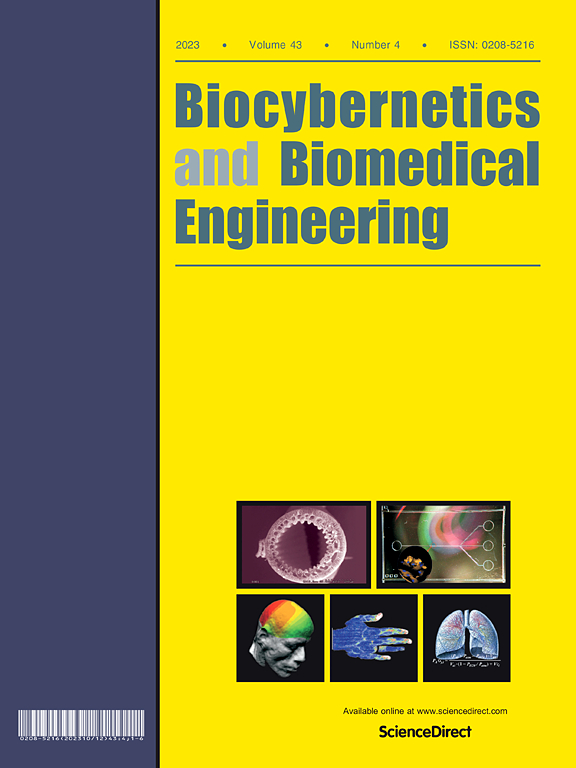Robust dual-hormone controller for full closed-loop glucose regulation in people with type 1 diabetes: An in silico study
IF 6.6
2区 医学
Q1 ENGINEERING, BIOMEDICAL
引用次数: 0
Abstract
Current advanced methods for glucose control in people with type 1 diabetes (T1D), often referred to as artificial pancreas (AP) or automated insulin delivery (AID) systems, rely on the administration of a single hormone (insulin) to regulate blood glucose (BG). In general, these systems depend on patient-specific information usually obtained from the conventional insulin therapy to account for inter-patient variability. On the other hand, dual-hormone (DH) systems that use insulin and its counterregulatory hormone, glucagon, have the potential of further improving BG control. However, DH systems are still under development or in earlier testing stages. Since glucagon is not used in the traditional therapy for T1D, the sensitivity of each individual to this hormone is typically unknown. Here, a DH controller based on robust control is proposed. The controller in charge of glucagon dosing, based on H∞ optimal control, does not require any individualization, thus overcoming one of the challenges faced by DH approaches. The strategy is evaluated in silico and compared to previous works involving a personalized glucagon controller and its single-hormone counterpart. Results suggest that the robust control strategy allows satisfactory glucose outcomes without the need for individualization.
1型糖尿病患者全闭环血糖调节的稳健双激素控制器:一项计算机研究
目前用于1型糖尿病(T1D)患者血糖控制的先进方法,通常被称为人工胰腺(AP)或自动胰岛素输送(AID)系统,依赖于单一激素(胰岛素)的管理来调节血糖(BG)。一般来说,这些系统依赖于通常从常规胰岛素治疗中获得的患者特异性信息来解释患者之间的差异。另一方面,使用胰岛素及其反调节激素胰高血糖素的双激素(DH)系统具有进一步改善BG控制的潜力。然而,DH系统仍处于开发阶段或早期测试阶段。由于胰高血糖素不用于T1D的传统治疗,每个人对这种激素的敏感性通常是未知的。本文提出了一种基于鲁棒控制的DH控制器。负责胰高血糖素给药的控制器基于H∞最优控制,不需要任何个性化,从而克服了DH方法面临的挑战之一。该策略在计算机中进行了评估,并与先前涉及个性化胰高血糖素控制器和单一激素对应物的工作进行了比较。结果表明,稳健的控制策略可以在不需要个性化的情况下获得令人满意的血糖结果。
本文章由计算机程序翻译,如有差异,请以英文原文为准。
求助全文
约1分钟内获得全文
求助全文
来源期刊

Biocybernetics and Biomedical Engineering
ENGINEERING, BIOMEDICAL-
CiteScore
16.50
自引率
6.20%
发文量
77
审稿时长
38 days
期刊介绍:
Biocybernetics and Biomedical Engineering is a quarterly journal, founded in 1981, devoted to publishing the results of original, innovative and creative research investigations in the field of Biocybernetics and biomedical engineering, which bridges mathematical, physical, chemical and engineering methods and technology to analyse physiological processes in living organisms as well as to develop methods, devices and systems used in biology and medicine, mainly in medical diagnosis, monitoring systems and therapy. The Journal''s mission is to advance scientific discovery into new or improved standards of care, and promotion a wide-ranging exchange between science and its application to humans.
 求助内容:
求助内容: 应助结果提醒方式:
应助结果提醒方式:


